Transnational serious and organised crime groups impacting Australia aren’t just drug dealers. One such group – a prolific outlaw motorcycle gang with a strong presence in Australia – is involved in drug trafficking, illicit tobacco, firearms trafficking, extreme violence, and serious financial crimes like money laundering and tax evasion. These activities are enabled by the group’s wide-ranging and resilient network spanning nearly all Australian jurisdictions and more than 10 other countries, with senior leaders basing themselves in various parts of the world.
They have built enduring relationships with other onshore and offshore criminal networks, including Mexican cartels, ethnic criminal groups, street ‘feeder’ gangs and outlaw motorcycle gangs, allowing them to maximise profits and access supply chains and criminal markets. They are linked to record drug seizures by Australian authorities with street values up to nearly a billion dollars. The group is increasingly professional and protects its enterprise through the development and use of encrypted communications and cryptocurrencies, and reliance on a range of industry insiders.
It continues to seek opportunities to enhance profits through attempts to control several illicit markets – with increasing collaboration making these attempts more successful over time.
This is what serious and organised crime looks like. It’s not new or unique – but it is evolving rapidly. It is a globally linked problem, with transnational serious and organised crime groups impacting not only the countries where they reside but also those they target with criminal activity and all of the transit countries in between. Criminal networks span Europe, the Americas, Africa, Asia and Oceania. Borders do not constrain it. Sophisticated criminal actors reside and launder funds overseas, tranship illicit drugs and precursors, and deploy shore parties to support drug production and other activities like coercion, stand-over tactics, and contract killings. Europol reports serious and organised crime activity in more than 150 countries, with over 100 nationalities represented among serious and organised crime group members.
Serious and organised crime groups impacting Australia are now more amorphous, with no single or dominant structure. They range from traditional ‘mafia’-style organisations and outlaw motorcycle gangs to unstructured groups and disparate transnational actors, including key figures residing offshore and coordinating activities remotely. These global networks leverage their decentralised structures and strategic alliances to enhance their reach and resilience – and shared resources, expertise and access to illicit markets amplifies their capability.
Illicit actors are increasingly collaborative, with brokers linking logistics operatives to local criminal groups to facilitate distribution. Serious and organised crime groups exploit vulnerabilities across industries, infiltrating legitimate supply chains, manipulating digital platforms, and using corporate structures to mask illicit activity. Their ability to exploit industry norms and loopholes allows them to maintain a facade of legitimacy while expanding their criminal reach.
While the largest costs relate to illicit drug activity, complex crime networks will involve themselves in anything where they can profit, whether it’s smuggling illicit tobacco or weapons, trafficking and exploiting people and our natural resources, or defrauding government payments and people including via organised, offshore scam centres. More recently we are seeing examples of interplay between organised crime entities and nation state actors under a ‘crime-as-a-service’ arrangement – willing to do almost anything for personal financial gain without regard for the consequences of their actions.
Some major criminal networks are opting to collaborate with each other to enhance their capabilities and profits rather than directly compete. This shift reflects a broader spectrum of serious and organised crime groups operating outside traditional hierarchical, familial, and ethnic models – embracing flexibility and innovation to maximise profit and minimise risk. While personal profit remains the most common and strongest motivation for serious and organised crime groups, we are also seeing other individual and personal motivations playing a role.
High-level criminals go to great lengths to achieve their goals, regardless of traditional allegiances, geographic boundaries or the harms they cause.
Technology is a force multiplier for complex crime networks – expanding opportunities available to them, facilitating their activities and hardening them to disruption. Criminals are quick to adopt emerging and advanced technology. Our increasingly digital world provides more opportunities for cybercrime including serious financial crime and human exploitation. It also facilitates access to illicit commodities, digital currencies, and specialist tools. These capabilities allow serious and organised crime groups to run complex scams from offshore – such as fake investments, ransomware attacks, or romance scams – that not only cause personal and financial harm but also fund further criminal activity.
Illicit drug activity is the largest cost category of serious and organised crime costing us $19.0 billion each year.
Next: Concerning trends

